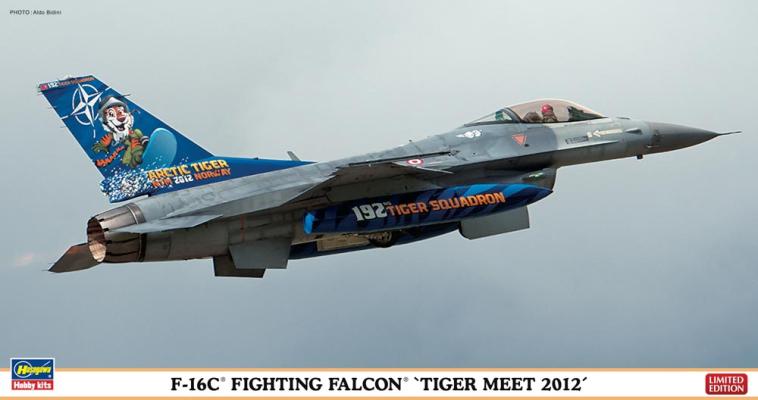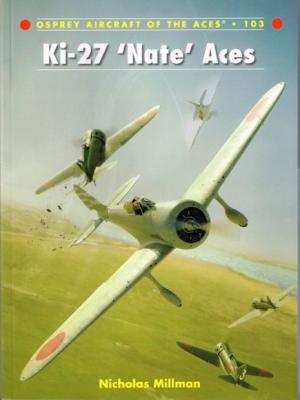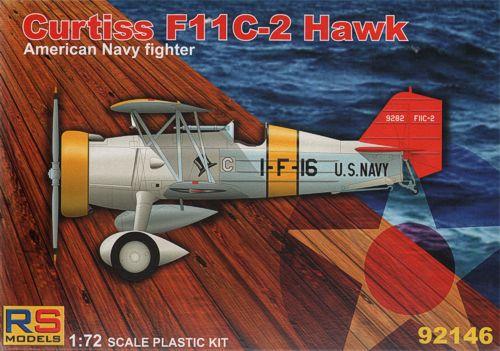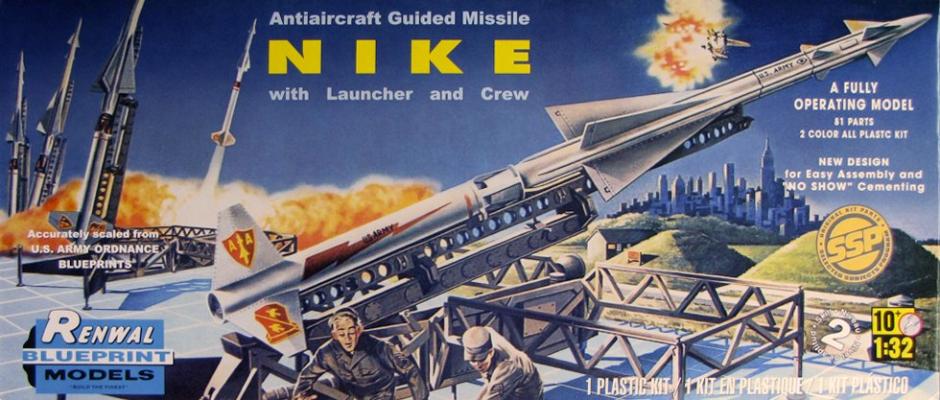Aircraft and History
NATO Tiger Meets started around 1961 with the Royal Air Force (RAF) and grew into a large multinational military exercise over the years. The aircraft that participate usually sport distinctive tiger stripe markings and unique tail art. The model depicted is a Turkish Air Force F-16C (Block 50), 192 squadron “ Filo,“ which became a member of NATO Tiger society in 1980. The last F-16C version produced is the block 50/52 aircraft (block 50 GE engine and block 52 Pratt & Whitney engine). Turkey has operated F-16’s since 1987, starting with the block 30, and as of 1996 Turkey received block 50 Vipers.














